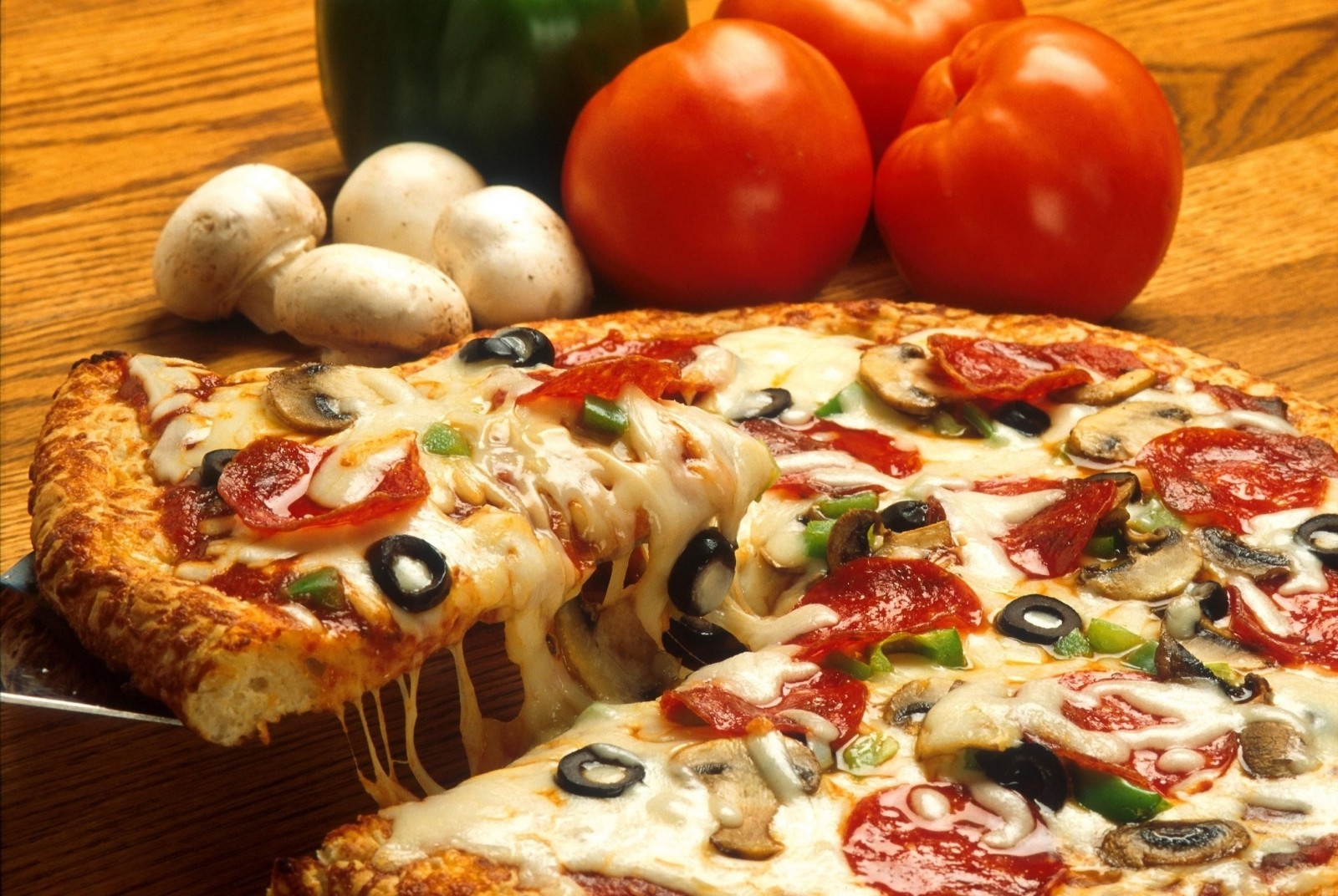:max_bytes(150000):strip_icc()/228240-BibimbapKoreanRiceWithMixedVegtables-ddmfs-4X3-0667-6033d57010ea4dd3bd7b95fb36d3dd51.jpg)
Introduction to Bibimbap
Bibimbap, a signature Korean dish, has garnered international fame for its delightful flavors and vibrant presentation. It’s a harmonious blend of rice, vegetables, protein, and spicy sauce, offering a tantalizing taste of Korean cuisine.
Origin and History
Bibimbap traces its origins back to ancient Korea, where it served as a convenient way to utilize leftovers. Over time, it evolved into a beloved staple, gaining popularity both domestically and abroad.
Ingredients of Bibimbap
Main Ingredients
Bibimbap typically features rice as its base, topped with an assortment of vegetables such as spinach, carrots, mushrooms, bean sprouts, and zucchini. Protein options include beef, chicken, pork, or tofu.
Optional Ingredients
Additional toppings may include a fried egg, sliced cucumber, seaweed, or kimchi, enhancing both the flavor and visual appeal of the dish.
Preparation of Bibimbap
Creating the perfect https://xjapan.kr/ involves meticulous preparation of each component. Cooking the rice to perfection and sautéing the vegetables and protein are crucial steps in achieving the dish’s authentic taste.
Assembly and Presentation
The assembly of bibimbap is an art form in itself, with each ingredient carefully arranged on top of the rice in a visually appealing manner. Traditionally, a spicy gochujang sauce is drizzled over the dish before serving.
Regional Variations
While bibimbap follows a basic template, regional variations abound across Korea. From the fiery Jeonju bibimbap to the savory Dolsot bibimbap served in a hot stone bowl, each version offers a unique culinary experience.
Health Benefits of Bibimbap
Bibimbap is not only delicious but also nutritious, packed with vitamins, minerals, and antioxidants from its diverse array of vegetables. It’s a wholesome meal that satisfies both the palate and the body.
Popular Accompaniments
Bibimbap is often served with a variety of side dishes known as banchan, including kimchi, pickled vegetables, and savory pancakes, enhancing the overall dining experience.
Best Places to Try Bibimbap
While bibimbap can be found in Korean restaurants worldwide, some establishments are renowned for their exceptional rendition of the dish. From bustling street stalls to upscale eateries, there’s no shortage of options for bibimbap enthusiasts.
Bibimbap in Korean Culture
Bibimbap holds a special place in Korean culture, symbolizing harmony and balance. It’s often enjoyed during festive occasions and family gatherings, fostering a sense of togetherness and celebration.
Tips for Making Bibimbap at Home
For those eager to recreate the magic of bibimbap in their own kitchen, mastering a few key techniques is essential. From properly seasoning the ingredients to achieving the perfect crispy rice crust, attention to detail is key.
Vegan and Vegetarian Options
Bibimbap can easily be adapted to suit vegetarian and vegan diets by omitting the meat and incorporating additional vegetables or tofu. The result is a satisfying and flavorful plant-based meal.
Common Mistakes to Avoid
While bibimbap may seem straightforward, there are some common pitfalls to avoid, such as overcooking the rice or overcrowding the pan with ingredients. By following expert tips, home cooks can ensure a flawless execution.
Conclusion
In conclusion, bibimbap exemplifies the beauty of Korean cuisine, offering a tantalizing blend of flavors, textures, and colors. Whether enjoyed at a local restaurant or homemade with love, it’s a dish that never fails to delight the senses.











